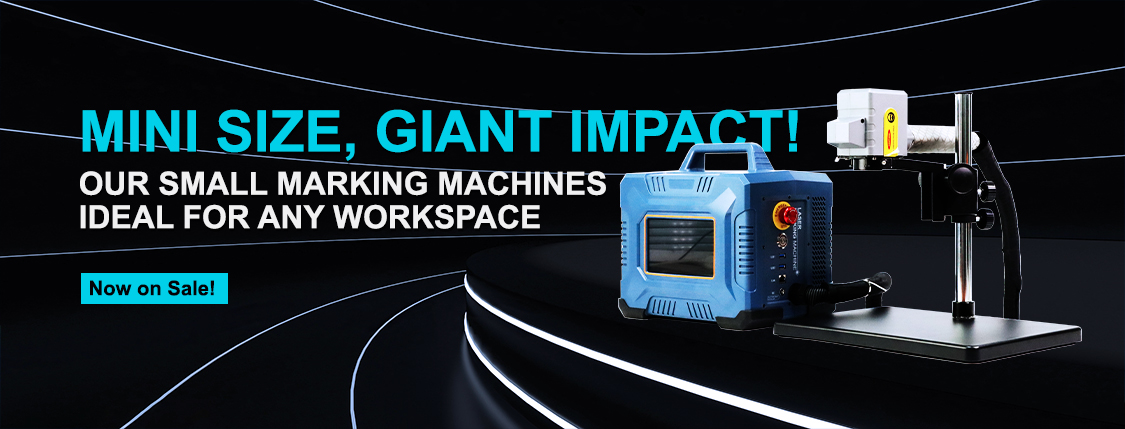Design and implementation of semiconductor laser power supply
Design and implementation of semiconductor laser power supply
In order to improve the stability of the optical power output of the semiconductor laser and ensure the safe and reliable operation of the laser, the semiconductor laser power supply can be designed according to the following introduction. The main circuit of driving power adopts synchronous DC/DC mode, which has high output efficiency. The driving circuit can generate 200kHz trigger pulse, which can reduce the ripple of output current and ensure the stability of the output power of the laser. The drive circuit is equipped with overvoltage comparator and overcurrent comparator to ensure the safe operation of laser. The efficiency of the driving power at 20A is more than 85%, and the ripple is less than 5%
The semiconductor laser tube (LD) and ordinary diode adopt different technology, but the voltage and current characteristics are basically the same. At the operating point, a small voltage change will lead to a large change in laser tube current. In addition, excessive current ripple will also make the output of the laser unstable. Diode laser has very strict requirements on its driving power; The output DC current should be high, current stability and low ripple coefficient, high power factor, etc. With the increasing output power of laser, high performance and large current stable current power supply is needed to drive. In order to ensure the normal operation of semiconductor laser, it is necessary to design its driving power reasonably. In addition, with the development of high frequency and low switching impedance MOSFET technology, switching power supply with MOSFET as the core appears. When the switching power supply outputs large current, the problem of excessive ripple has been solved.
Due to the high current laser diode is easy to be overvoltage, overcurrent damage, so high power only with high current switch module can not meet the requirements of high power diode laser, but also need the corresponding protection circuit. To ensure that the voltage and current do not overshoot. Therefore, it is necessary to put forward a set of practical technical measures to meet the needs of high power diode laser.
System composition
The input voltage of the device is 24 V, and the maximum output current is 20A. The output voltage varies according to the number of series laser tubes. If AC power supply is used, the front end should use AC/DC for corresponding conversion.
Vin is the input voltage, VM1, VM2 are MOSFET, VM1 on-off width determines the output voltage, quick recovery diode and VM2 common continuation circuit, commutator on-off loss occupies the most important part, so its selection is very important, the on-state resistance is very low M0SFET in the test. Inductance and capacitance compose filter circuit. After the voltage at both ends of the resistance is measured and compared with the given value, the pulse width is generated by the pulse generator to keep the load current stable. VM1 is turned off, the diode works quickly and the diode on-state loss is large. VM2 then opens the continuous current to reduce the system loss.
Working principle
When VM1 is switched on ton, the current ripple is: VM1 is turned off, the current continues to flow through VD, and then VN2 is switched on. Because the impedance of VM2 is much smaller than that of the diode, the stream continues through VM2. The trigger pulses of VMl and VN2 are shown in Figure 2.
The power consumed by the diode is P=VtdI0. General quick recovery diode voltage drop 0.4V, when the current 20A, diode power consumption is 0.8W. If MOSFET is used, the power consumption will be much less. In this experiment, A 60 A MOSFET is used, whose on-off equivalent resistance is 0.0022 Ω. When the current is 20 A, the power consumption is about 0.088 W.
According to the current ripple formula, increasing inductance and decreasing ton can reduce ripple. In order not to increase the inductance capacity, the operating frequency of 200kHz is used in the experiment, in which the inductance is 4.8-μH. According to the formula, the ripple current is about 1 000 mA when the pressure drop of the laser tube is 2 V.
The system uses the negative feedback circuit to adapt to the requirements of laser diode. When the load changes and the current is slightly greater than the given current, the ton width is reduced and the voltage is reduced. When the current is slightly less than the given current, increase the ton width to keep the current stable.



